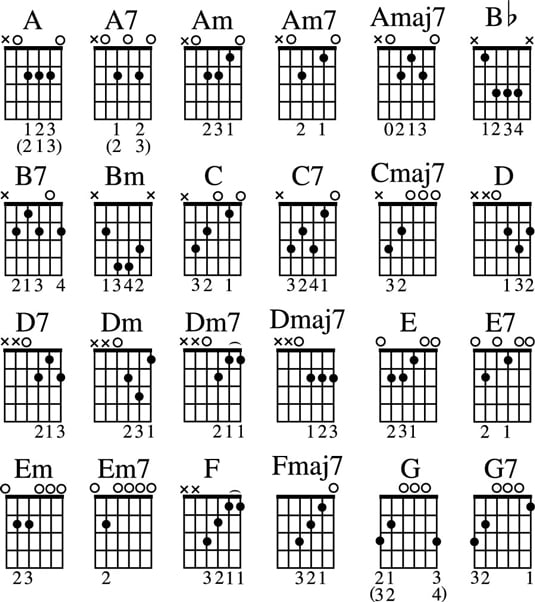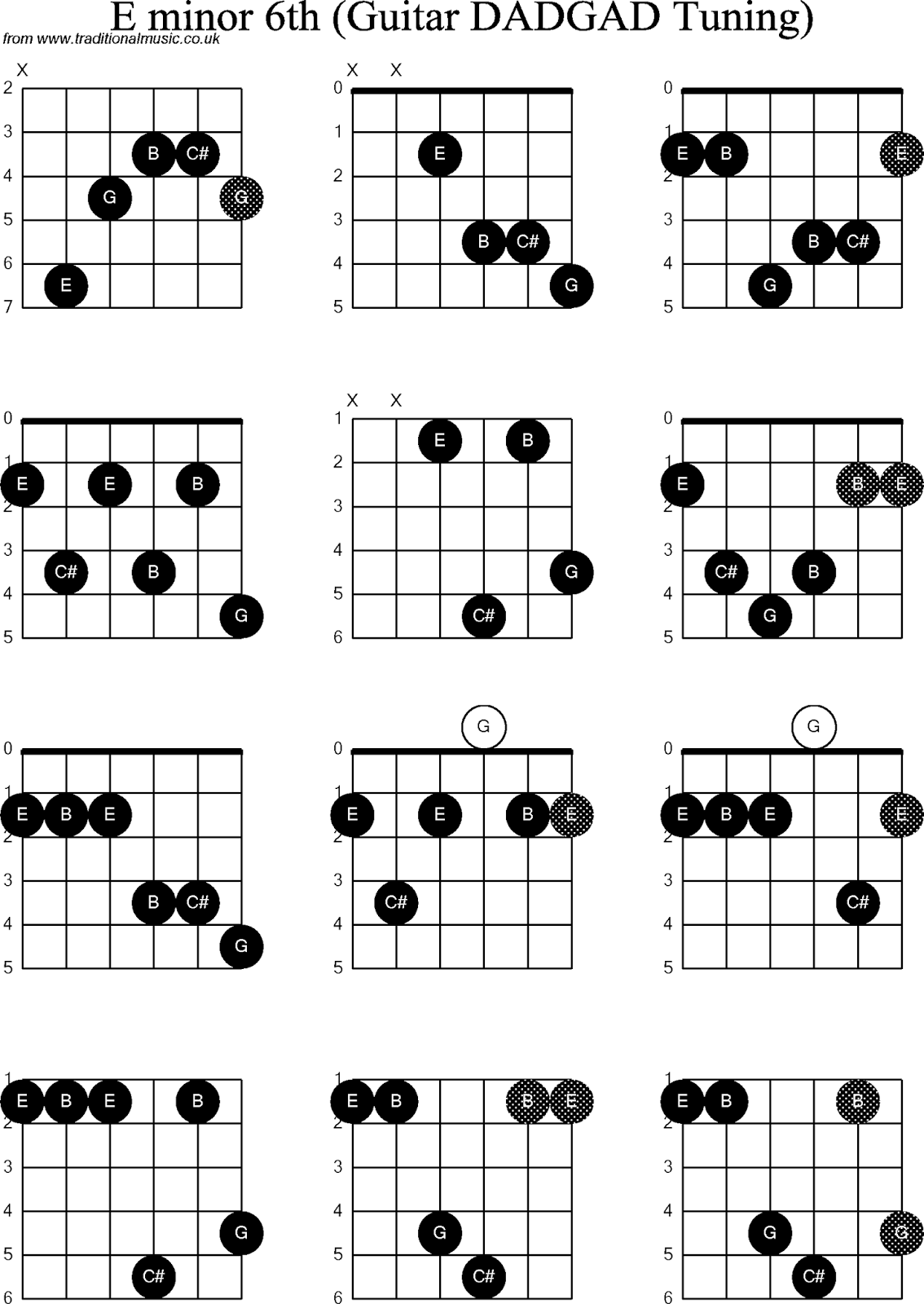

That’s why a lot of guitarists opt to play the easier C minor alternative chord over the standard barred version.

Strum five strings down from the A stringĪs you can see, the Cm doesn’t offer the friendliest finger placement for beginner guitar players.
 - Pinky finger: 5th fret of the G (3rd) string. - Ring finger: 5th fret of the D (4th) string. - Middle finger: 4th fret of the B (2nd) string. - Index finger: 3rd fret of the E (1st) string. - Index finger: 3rd fret of the A (5th) string. Finally, add your ring finger on the 5th fret’s G and pinky on D. Then place your middle finger on the 4th fret’s B string. To play Cm in its standard form, start by placing your index finger on the 3rd fret, covering your high E, B, G, D and A, but barring the A (5th string) and high e (1st string). One of the more difficult notes to play due to its awkward chord shape, Cm in its standard form is typically played as a barre chord. The soft and somber nature of the chord makes it well-suited to ballads of unrequited love or songs that have a downtrodden feel. It can elicit a sobering passion, longing, or solemnity. These chords will not sound correct if you accidentally play the strings marked with an X.The Cm (or C minor) chord embodies an expressive softness when played. Important: take note of the X marks indicating strings that should not be played. Fortunately, there are enough of these chords to keep you interested for awhile-hopefully long enough to build up some guitar technique and move on to more advanced chords. Some chords require only two fingers or less and are therefore usually easy enough to play that anybody can learn them fairly quickly. In the early stages, it’s most productive to focus on the easier chords. However, it takes time to adapt physically to the challenge of playing the guitar. In fact, some more advanced chords might require all of your fingers of your left hand-including the thumb! Most guitar chords cannot be played with just two fingers. So if you're having trouble with chords, really work through these alot, frequently, every day, until your hands start to feel ready to take on a new challenge. Learning and studying these chordsÐgetting truly comfortable with them and even mastering them completelyÐwill be all of the exercise your hands and fingers need for now. First you have this big giant chord, then this little one That's because they don't sound like they match well. For example, the chords that use all 6 strings don't sound great with chords that use only 3. Whether you just avoid those strings with the pick, or you use your fingers to pluck only the notes of the chord and not any other strings.Īlso, keep in mind these chords may not always be a good match. Note that some of these chords have X's written over certain strings. This way you can here the sound of the chords moving to other chords. All of the chords on this page can be played using only two fingersÐor less.Īnd if you search around, you may even find you can use these chords to play a song you know, or at least part of one.įirst, you want to try to practice them in a set called a chord progression. If you're one of the learners who finds chords to be a struggle, this page is for you. Putting it all together can seem pretty difficult, especially since in real music we may need to switch chords fairly fast. And your right handÐlearning to strum the strings, and also to avoid the strings that are not a needed for the chord.
- Pinky finger: 5th fret of the G (3rd) string. - Ring finger: 5th fret of the D (4th) string. - Middle finger: 4th fret of the B (2nd) string. - Index finger: 3rd fret of the E (1st) string. - Index finger: 3rd fret of the A (5th) string. Finally, add your ring finger on the 5th fret’s G and pinky on D. Then place your middle finger on the 4th fret’s B string. To play Cm in its standard form, start by placing your index finger on the 3rd fret, covering your high E, B, G, D and A, but barring the A (5th string) and high e (1st string). One of the more difficult notes to play due to its awkward chord shape, Cm in its standard form is typically played as a barre chord. The soft and somber nature of the chord makes it well-suited to ballads of unrequited love or songs that have a downtrodden feel. It can elicit a sobering passion, longing, or solemnity. These chords will not sound correct if you accidentally play the strings marked with an X.The Cm (or C minor) chord embodies an expressive softness when played. Important: take note of the X marks indicating strings that should not be played. Fortunately, there are enough of these chords to keep you interested for awhile-hopefully long enough to build up some guitar technique and move on to more advanced chords. Some chords require only two fingers or less and are therefore usually easy enough to play that anybody can learn them fairly quickly. In the early stages, it’s most productive to focus on the easier chords. However, it takes time to adapt physically to the challenge of playing the guitar. In fact, some more advanced chords might require all of your fingers of your left hand-including the thumb! Most guitar chords cannot be played with just two fingers. So if you're having trouble with chords, really work through these alot, frequently, every day, until your hands start to feel ready to take on a new challenge. Learning and studying these chordsÐgetting truly comfortable with them and even mastering them completelyÐwill be all of the exercise your hands and fingers need for now. First you have this big giant chord, then this little one That's because they don't sound like they match well. For example, the chords that use all 6 strings don't sound great with chords that use only 3. Whether you just avoid those strings with the pick, or you use your fingers to pluck only the notes of the chord and not any other strings.Īlso, keep in mind these chords may not always be a good match. Note that some of these chords have X's written over certain strings. This way you can here the sound of the chords moving to other chords. All of the chords on this page can be played using only two fingersÐor less.Īnd if you search around, you may even find you can use these chords to play a song you know, or at least part of one.įirst, you want to try to practice them in a set called a chord progression. If you're one of the learners who finds chords to be a struggle, this page is for you. Putting it all together can seem pretty difficult, especially since in real music we may need to switch chords fairly fast. And your right handÐlearning to strum the strings, and also to avoid the strings that are not a needed for the chord. 
Learning to quickly put your fingers in the chord position, get an accurate sound out of each string, push correctly on the frets. Many who begin learning the guitar find that chords are the most difficult part. And not only that, everybody is different in terms of what aspects of playing the guitar they find to be most difficult. Everybody learns the guitar at a different pace.








 0 kommentar(er)
0 kommentar(er)
